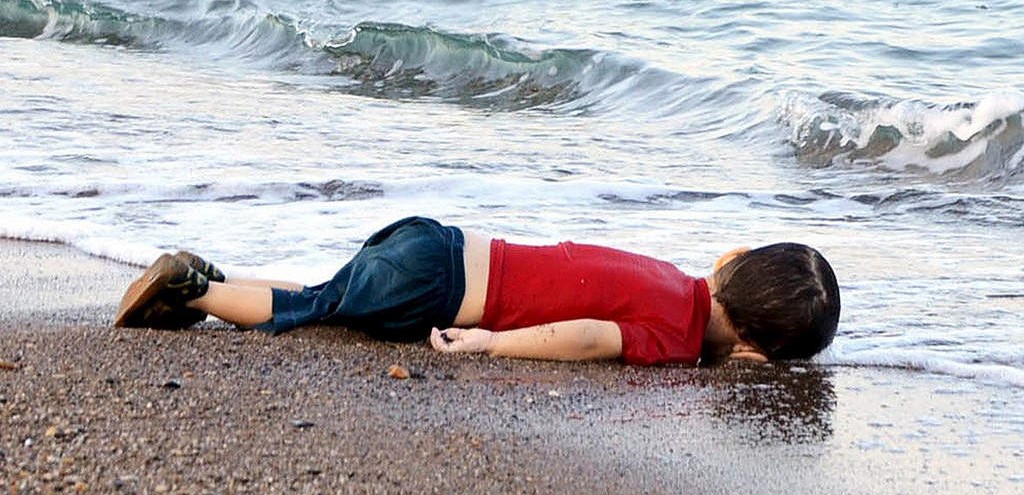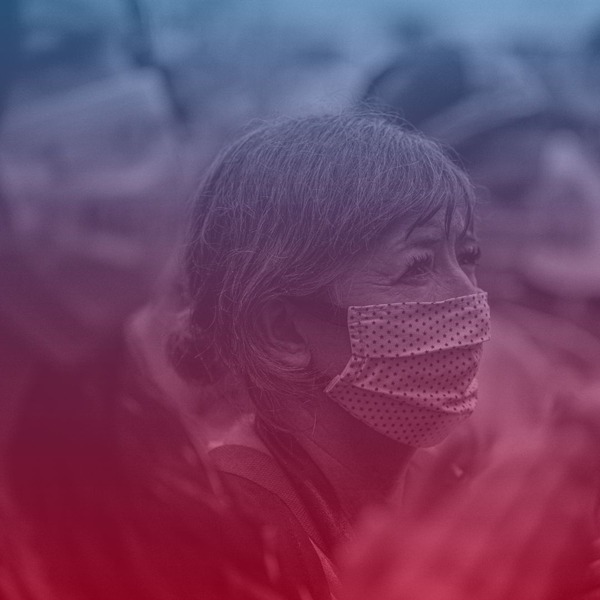
Will the US-Russia ceasefire deal make a difference?
By Olga Papadopoulou, holder of a MSc. in Migration, Ethnic Relations and Multiculturalism from Utrecht University, the Netherlands. Olga recently finished her Ph.D. thesis in “labour market inequalities” in the department of Geography from University of the Aegean, Greece.
Her research interests lie in the fields of migration, labour economics and human capital.

Fast-forward to 2 September 2016, which marked the first anniversary of the death of the three-year-old Syrian boy Aylan Kurdi. His image made headlines worldwide after he drowned in the northeastern Aegean Sea, trying to reach the Greek coast. The photograph of Aylan Kurdi’s body, appearing all over the world media, caused a great deal of commotion at the international level.
The question remains: Has anything changed?
Three years after the Lampedusa boat disaster, we are still witnessing “boat disasters” on the shores of the Aegean Sea and the waters around Italy. Thousands of refugees continue to flee Syria, and other countries, every day. Since the beginning of 2016, the International Organisation of Migration (IOM) has reported 272,070 arrivals by sea: 163,105 in Greece and 106,461 in Italy. People continue to die at sea, with a reported 3,165 deaths in the Mediterranean (4).
Why, after more than five and half years of war, and with increasing numbers of refugees and migrant deaths, do we focus only on the effects of this crisis? Why do we only talk about the management of refugees, the number of deaths at sea, and photographs such as the one of with Aylan – albeit of great importance – but do we not address the real causes?
This can be explained by looking at the geopolitical situation.
In Syria, there are three wars in one: a Civil War, a Cold War and a Religious War. We are talking about a war on three geopolitical levels, namely on a local, regional and international level. The Civil War is carried out between Sunni rebel forces and the loyalist forces consisting of Assad supporters, who are Shiite Muslims. The distinction between Sunnis and Shiites Muslims is the main distinction within Islam, which perpetuates the whole situation.
Next to the Civil War, there is also a Cold War, ever since the “Big Players” have entered the “game”. This Cold War takes places between the USA – EU and Russia – China. Both the USA and the EU support the Sunni rebel forces and the “Syrian National Coalition”, which is part of the opposition against Assad. Russia, on the other hand, supports Assad, for both economic and geopolitical reasons, as the port of Tartus is the only way for Russia to access the Mediterranean Sea.
Finally, a Religious War is taking place between Saudi Arabia – Qatar – Kuwait and Iran, with the first group supporting the Rebel Forces and Iran supporting Assad.
Despite these complexities, the parameters of the conflict might be changing. On the morning of 10 September 2016, the United States and Russia announced an agreement on Syria that foresees a nationwide cease fire starting on 12 September 2016. The main targets of the agreement are the reduction of violence in Syria and the establishment of a political transition process that should end the war. U.S. Secretary of State John Kerry called the deal a potential “turning point” in a conflict that has killed as many as 500,000 people, if complied with by Syria’s Russian-backed government as well as U.S.-supported rebel groups (5).
Still, only the future will tell whether this ceasefire will be sufficient to untie the Gordian knot of the Syrian War, and to make an end to future “Lampedusa” boat disasters.
- BBC News Europe (2013). “Italy to hold state funeral for shipwreck migrants”. Retrieved 9 October 2013. http://www.bbc.co.uk/news/world-europe-24456058
- BBC News Europe (2013). “Lampedusa boat disaster: Aerial search mounted”. Retrieved 9 October 2013. http://www.bbc.co.uk/news/world-europe-24407808
- Olga Papadopoulou (2014). “Lampedusa Calls for Action”. European Student Think Tank. https://europeanstudentthinktank.com/2015/04/06/lampedusa-calls-for-action/
- IOM (2016). Press Releases “Migrant Arrivals on Mediterranean Reach 278,327; Deaths at Sea: 3,171”.Retrieved 2 September 2016.http://www.iom.int/news/migrant-arrivals-mediterranean-reach-278327-deaths-sea-3171
- ABC NEWS (2016). “US, Russia Seal Syria Cease-Fire, New Military Partnership”. Retrieved 10 September 2016. http://abcnews.go.com/International/wireStory/officials-unsure-deal-kerry-arrives-syria-talks-41968557
- Articles and Blogs
- EU Foreign Policy
- EU-USA
- Eurocrisis
- European Integration
- Geen categorie
- Global Politics
- ISIS
- Migration
- Uncategorized

 What Happened to the Polish Left? An Analysis of the Party’s Ideological Development and Changing Electoral Base
What Happened to the Polish Left? An Analysis of the Party’s Ideological Development and Changing Electoral Base  Struggle for Conservation of Slovenian Minorities in Austria, Italy and Hungary: Why does Multilateral Action Matter?
Struggle for Conservation of Slovenian Minorities in Austria, Italy and Hungary: Why does Multilateral Action Matter?  The Nature Restoration Law: A Significant Milestone or An Example of the EU Green Deal Losing Momentum?
The Nature Restoration Law: A Significant Milestone or An Example of the EU Green Deal Losing Momentum?  The Role of Women in Peacebuilding and Conflict Transformation
The Role of Women in Peacebuilding and Conflict Transformation 


